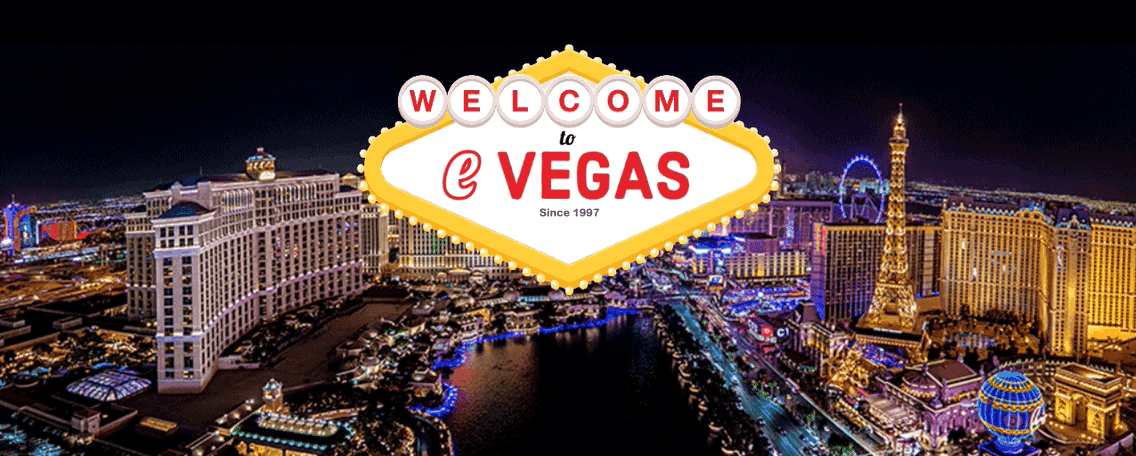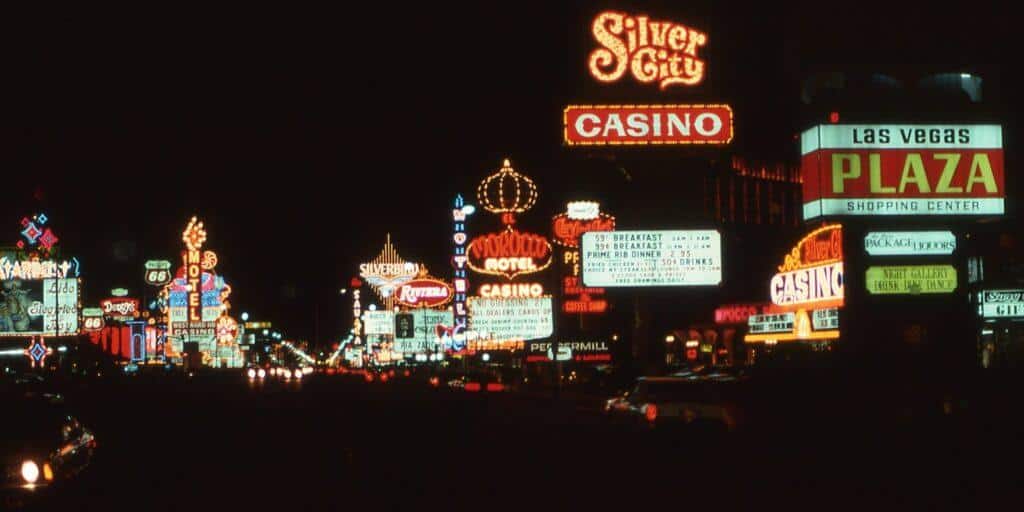
Las Vegas History Timeline: A Journey Through the City's Past
Las Vegas, often dubbed the Entertainment Capital of the World, has a riveting history that unfolds like a captivating story. From its humble origins as a railroad stop to its current standing as a global epicenter of entertainment and gaming, the city’s timeline is a testament to its resilience and evolution.
The Founding of Las Vegas
Founded in 1905 by the Union Pacific Railroad, Las Vegas emerged as a railroad town named after the Spanish term for “the meadows.” Initially conceived as a supply center for nearby mining camps, the city swiftly became a favored stopover for travelers and tourists, thanks to its lush grasslands and abundant water sources.
Early Settlement and Development
In its infancy, Las Vegas was inhabited predominantly by ranchers, farmers, and miners. A pivotal moment occurred in 1931 when the Nevada state legislature legalized gambling, setting the stage for the city’s transformation into a gaming and entertainment hub. This legislative change triggered a population boom, propelling the city into a phase of rapid expansion.
The 1940s and 1950s witnessed a construction frenzy, with the emergence of numerous hotels and casinos. Las Vegas’s architectural landscape took on a distinctive character marked by neon lights and extravagant designs.
The Birth of the Gaming Industry
The 1950s marked the birth of the modern gaming industry in Las Vegas. The Flamingo, opened in 1946 by mobster Bugsy Siegel, played a pivotal role in shaping the city’s casino scene. This success spurred a wave of casino construction, with prominent figures like Meyer Lansky and Howard Hughes heavily investing in the burgeoning gaming industry.
The Mob Era and its Influence on Las Vegas
The 1960s and 1970s were dominated by the mob era, as organized crime syndicates exerted significant influence over the city’s casinos and hotels. However, federal crackdowns in the late 1970s forced many mobsters to relinquish their hold on Las Vegas.
The Rise of Mega-Resorts
The 1980s and 1990s ushered in the era of mega-resorts—sprawling establishments offering a myriad of entertainment options. The Mirage, opening in 1989, paved the way for others like the Bellagio, the Venetian, and the Wynn, transforming Las Vegas into a haven for grandeur and opulence.
Las Vegas Today
In the contemporary landscape, Las Vegas remains a global entertainment and gaming destination. The city has diversified its offerings, boasting world-class restaurants, spectacular shows, and a range of attractions. Moreover, Las Vegas has evolved into a preferred venue for conventions and business gatherings.
Las Vegas’s history unfolds as a captivating saga—from its nascent days as a railroad town to its current status as a vibrant, global hub. Intertwined with the gaming industry’s influence, the city’s narrative reflects the impact of organized crime, the rise of mega-resorts, and technological advancements. Today, Las Vegas stands as a dynamic and thrilling metropolis, drawing visitors from across the globe to partake in its unparalleled offerings.
Vegas History:
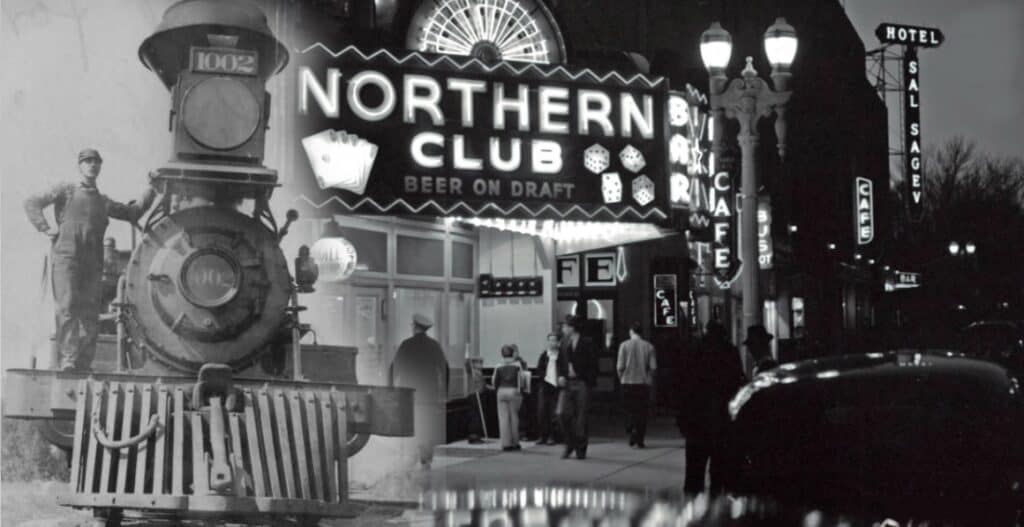
Las Vegas History: Railroad Development Paved the Way for Las Vegas to Become the Gambling Capital of the World
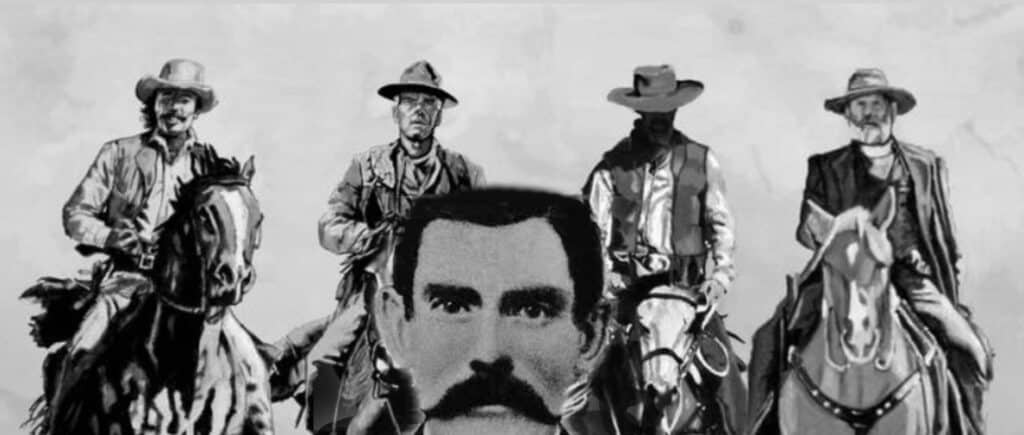
Las Vegas History: Doc Holliday Famous Gambler Gunslinger and Resident of Las Vegas
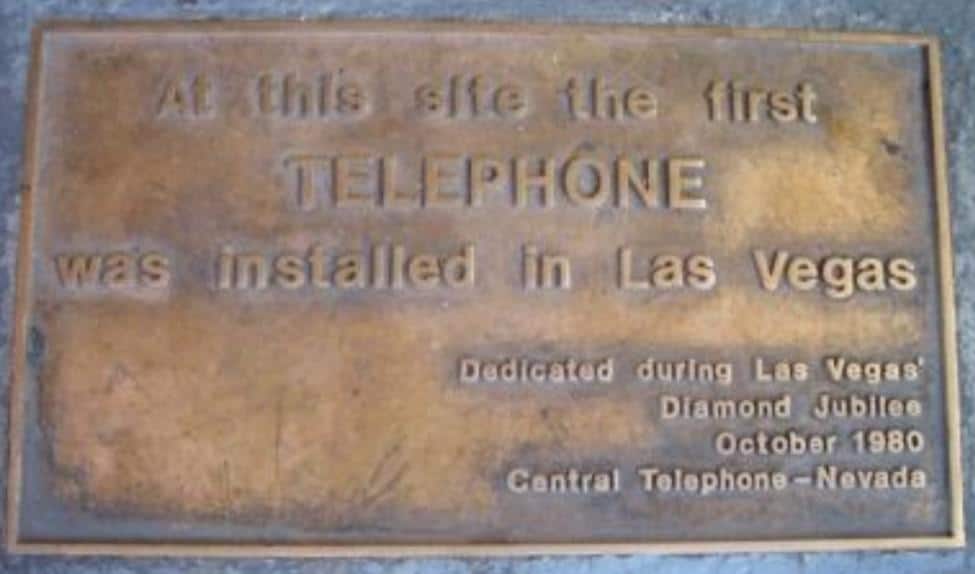
Las Vegas History: How Las Vegas’ First Telephone Exchange Made Bugsy Siegel’s Race Wire Possible

Las Vegas History: The Official Naming of Las Vegas 1905
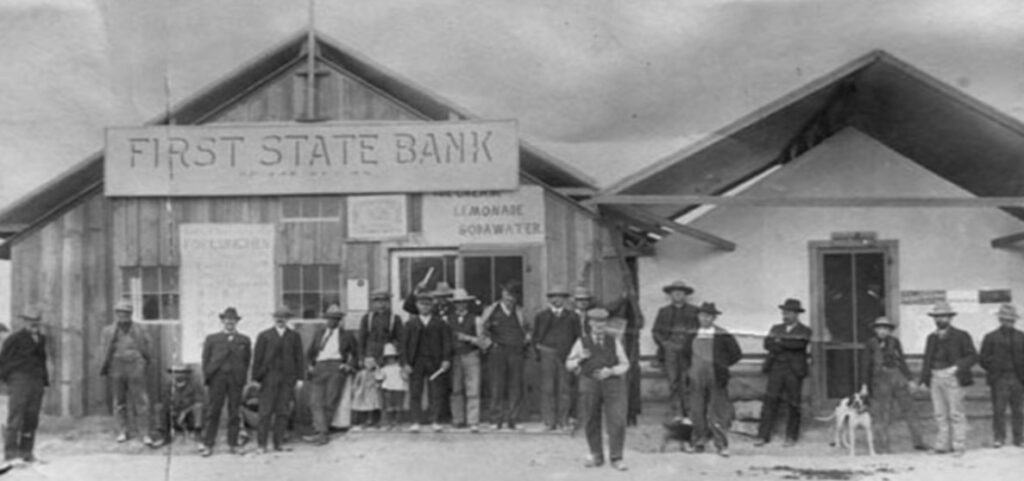
Las Vegas History: 1864 Las Vegas The Impact of Nevada Statehood
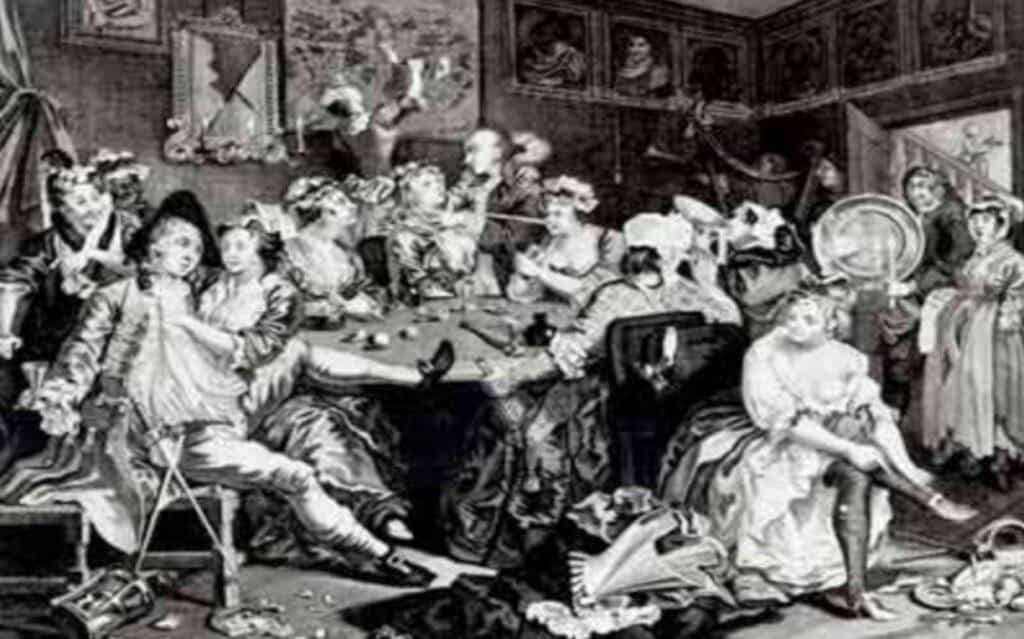
Las Vegas History: Las Vegas and It’s Vices in the 1850s
Frequently Asked Questions (FAQs):
1. What led to the founding of Las Vegas in 1905?
Las Vegas was founded by the Union Pacific Railroad as a railroad town, initially serving as a supply center for nearby mining camps.
2. How did Las Vegas evolve in its early years?
In its early years, Las Vegas was mainly populated by ranchers, farmers, and miners. The legalization of gambling in 1931 marked a turning point, propelling the city into a gaming and entertainment destination.
3. Who played a crucial role in the birth of the gaming industry in the 1950s?
Mobster Bugsy Siegel played a pivotal role by opening the Flamingo in 1946, contributing significantly to the establishment of the modern gaming industry in Las Vegas.
4. What characterized the 1960s and 1970s in Las Vegas?
These decades were dominated by the mob era, with organized crime syndicates influencing many of the city’s casinos and hotels until a federal crackdown in the late 1970s.
5. How did Las Vegas transition in the 1980s and 1990s?
The era saw the rise of mega-resorts like The Mirage, Bellagio, Venetian, and Wynn, transforming the city into a destination for grand entertainment, beyond traditional gaming.
6. What notable changes occurred to the Welcome to Fabulous Las Vegas Sign in 2008?
In 2008, the sign was added to the National Register of Historic Places, recognizing its cultural and historical significance.
7. How was the Welcome to Fabulous Las Vegas Sign updated in 2013?
A solar-powered lighting system was installed in 2013, making the sign more energy-efficient, reducing its carbon footprint, and enhancing its visibility at night.
8. Why is Las Vegas still a global destination today?
Las Vegas remains a global destination due to its diverse offerings, including world-class restaurants, shows, attractions, and its status as a preferred venue for conventions and business meetings.
9. How did the architecture of Las Vegas change in the 1940s and 1950s?
During this period, Las Vegas experienced a building boom marked by the construction of numerous hotels and casinos, with neon lights and extravagant designs becoming the norm.
10. What sets Las Vegas apart in its rich history and cultural significance?
Las Vegas stands out for its dynamic evolution, intertwined with the gaming industry’s influence, the rise of mega-resorts, and its current status as a vibrant, global hub for entertainment.
